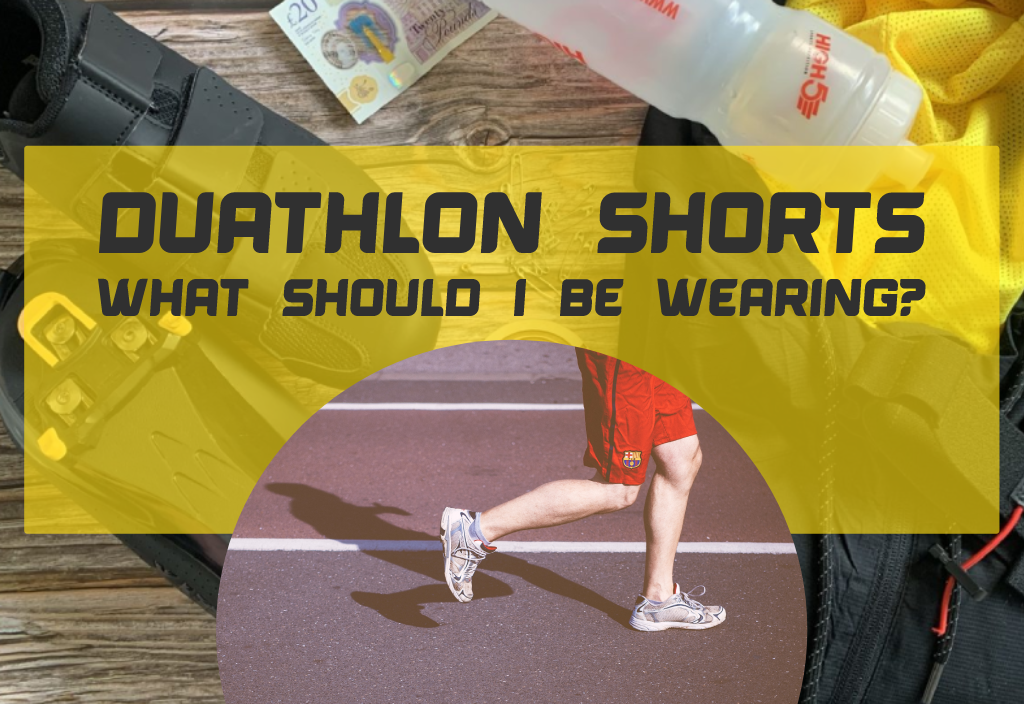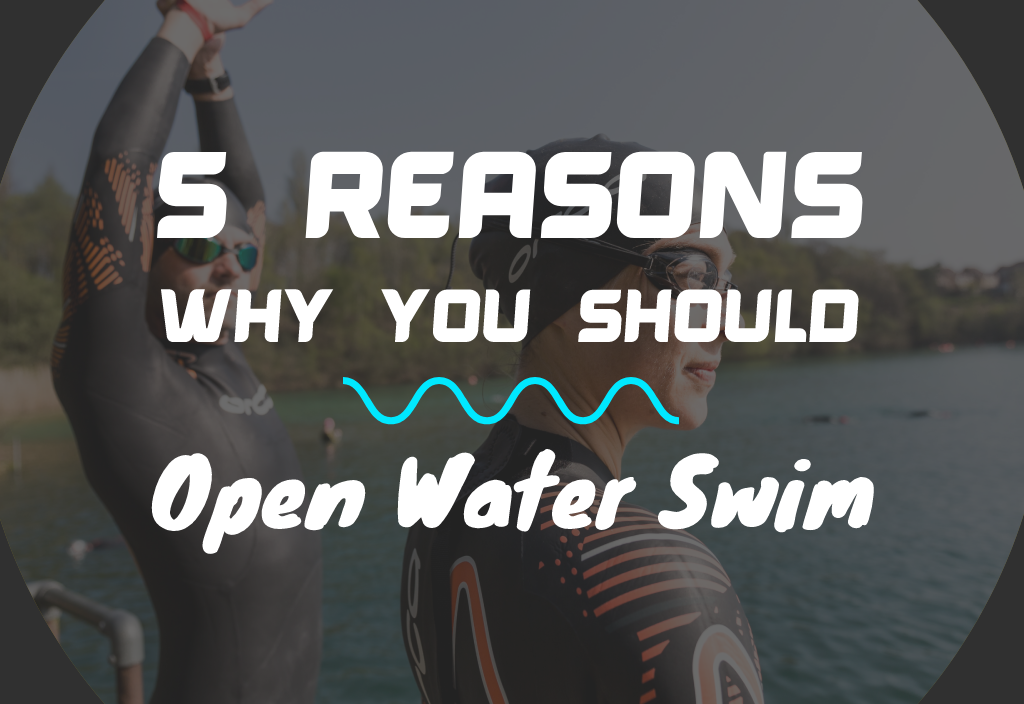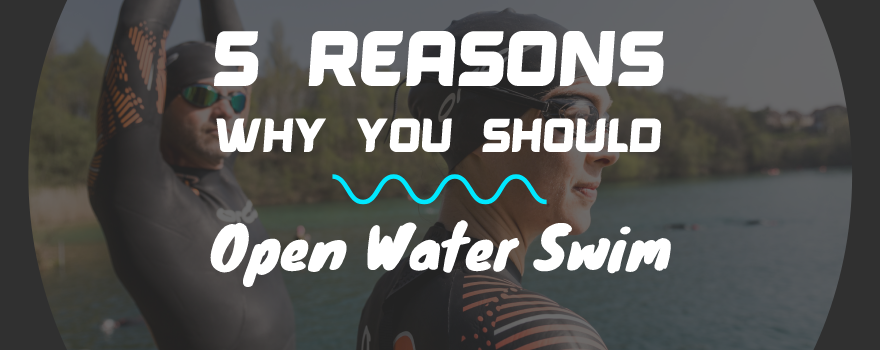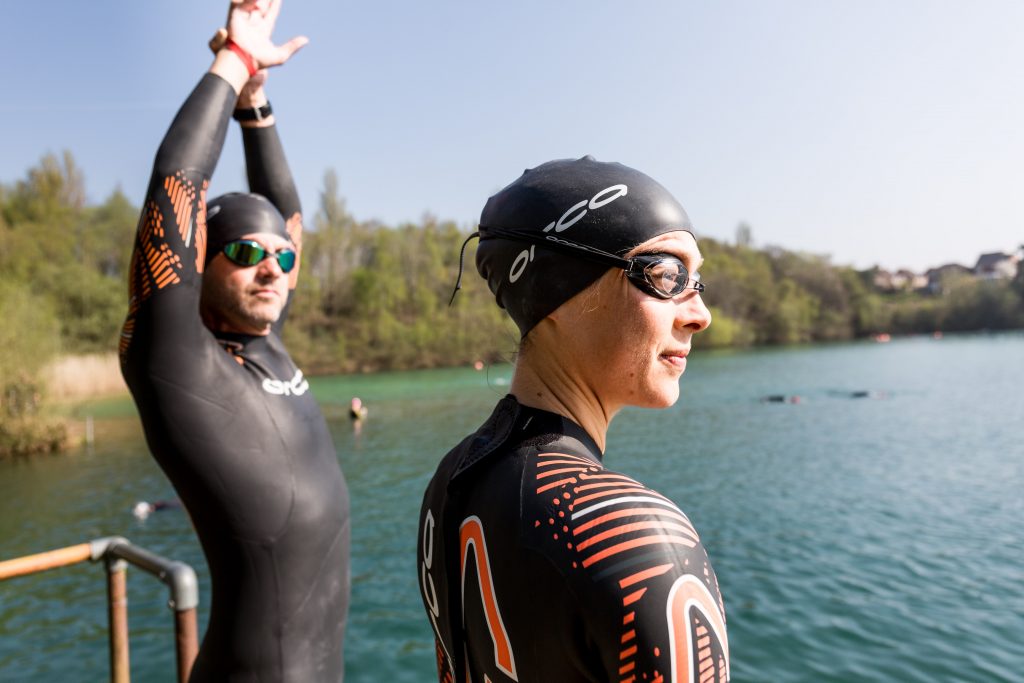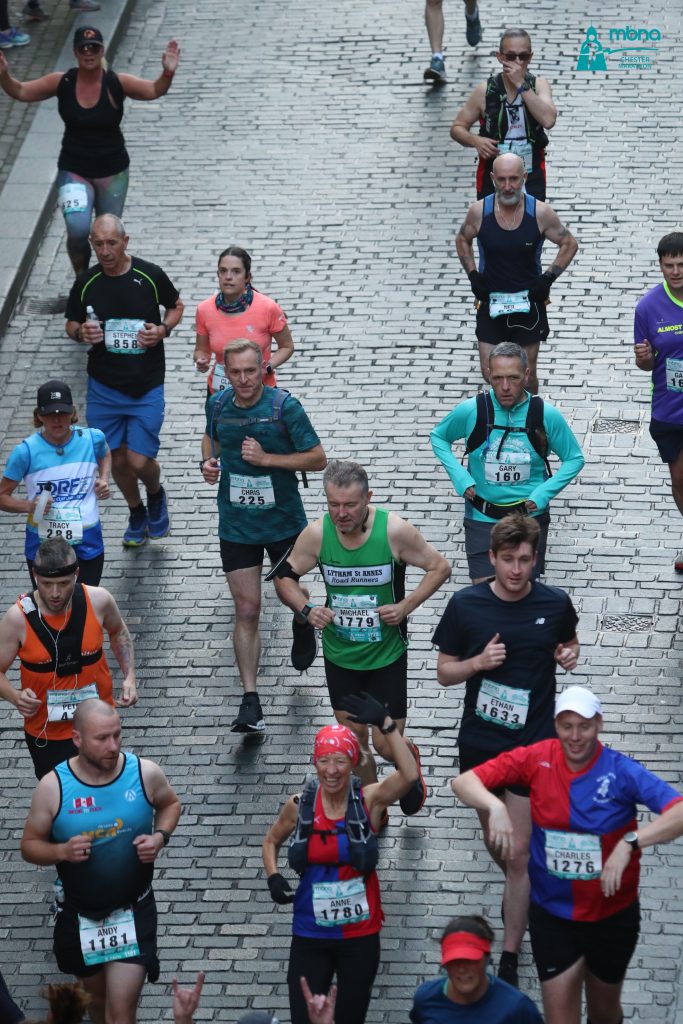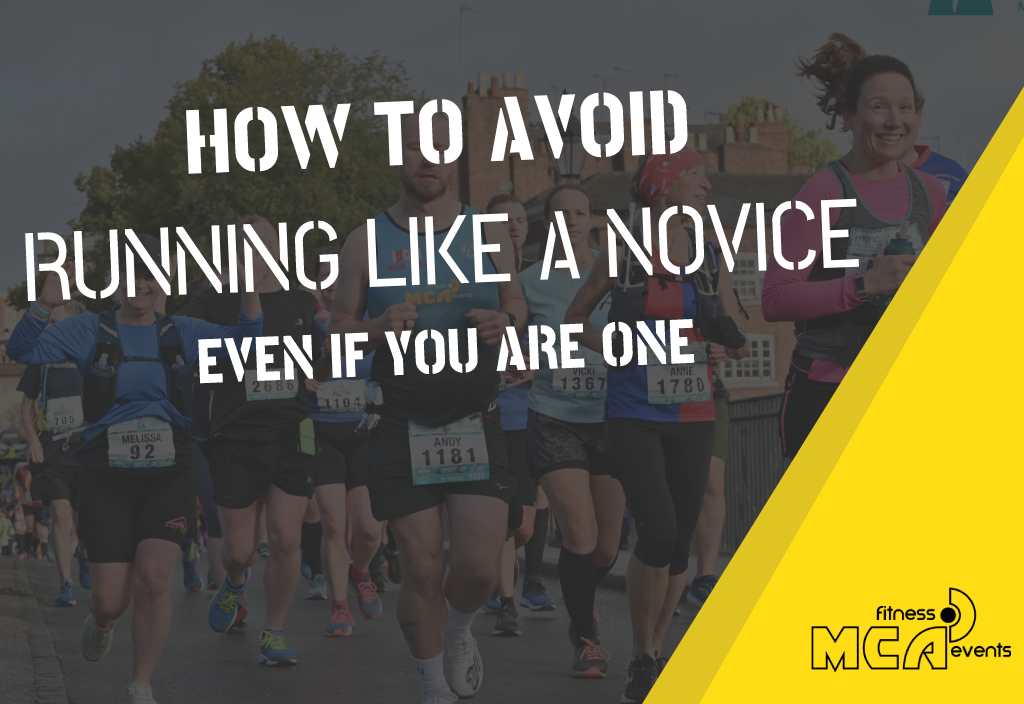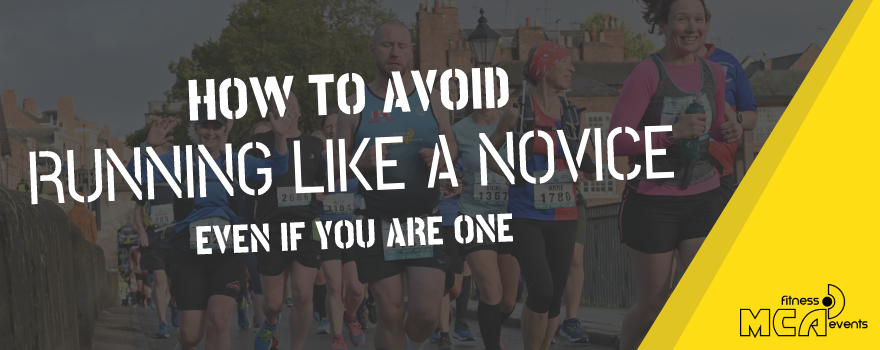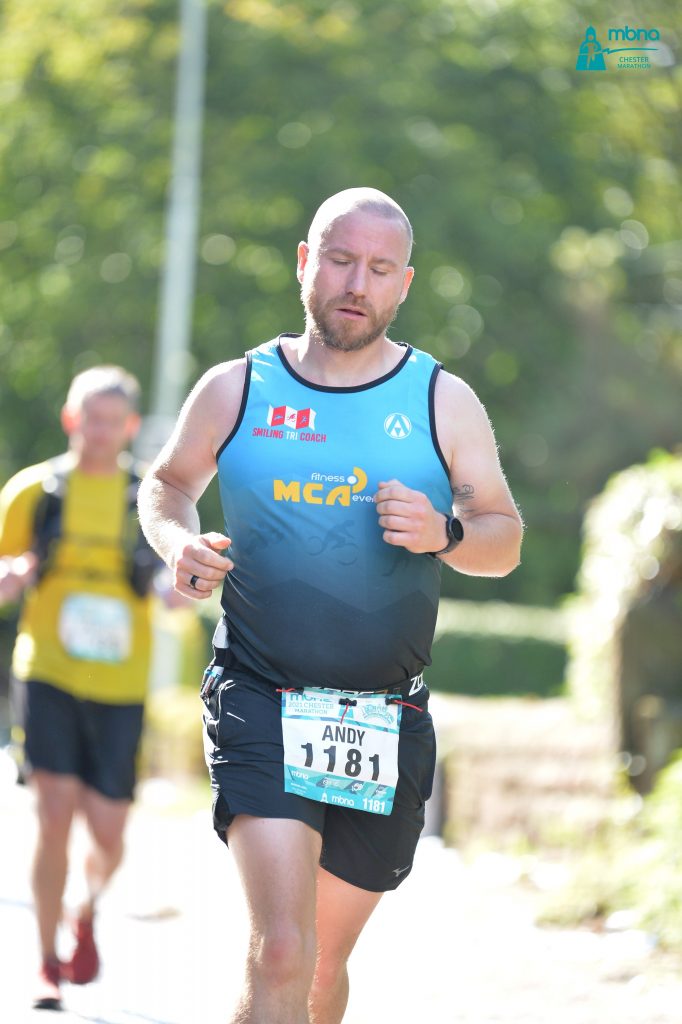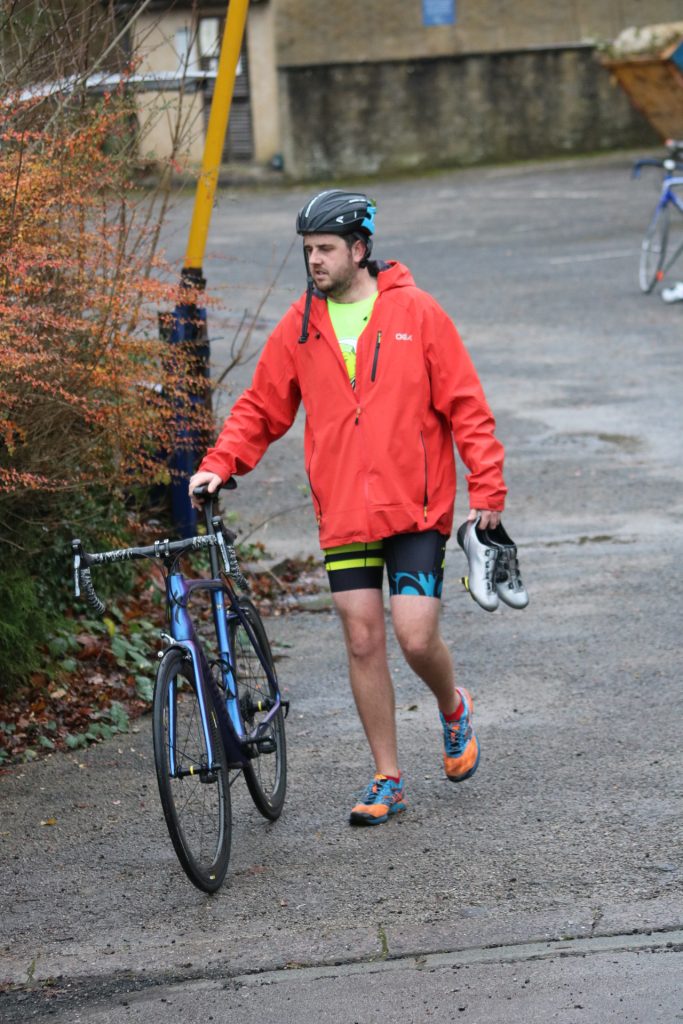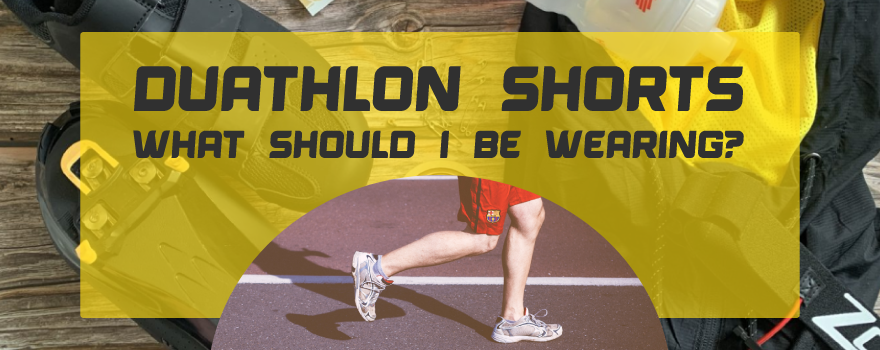
A rather unusual topic for a blog post but it’s a question we get asked regularly. The answer is covered in a lot of other articles that touch on how to prepare for Duathlons but the explanations around shorts must be vague as we still get asked the question all the time.
We had to put a stop to this and answer the question once and for all. Buckle up and be prepared to have your mind blow by our complete guide to Duathlon shorts.
We all know that it’s standard practice to wear a Tri Suit or for a duathlon as you spend a lot of time on the bike and it’s just easier or if you are coming from a cycling background you will no doubt already have a cycling skin suit. Both are good examples of what to wear for a Triathlon.
We realise however that this may be your first Duathlon and you don’t want to go to the expense of investing in something you may never wear again so at least opting for the short option you may get some extra use out of them.
Before I get into which shorts are best for a duathlon I want to quickly explain why they are not commonplace. The main reason is speed. A lot of time is spent on the bike during a duathlon and the body is the biggest factor when it comes to resistance during a race. Shorts however minor will affect wind resistance and slow you. It’s far cheaper to make adjustments to clothing than it is to buy a more expensive bike.
If we also take into account Triathlons in this equation it’s much easier to get out of the water and jump straight onto a bike in what you are wearing rather than have to change into a pair of shorts and T-Shirt. So speed again.
All that said, we don’t want to put you off. If you are at the stage when you are concerned about wind resistance and speed in your duathlons you will probably already have the necessary equipment.
So which shorts are best for duathlons?
We’ve narrowed it down to three categories to keep it simple. We like to keep it simple. We were going to make recommendations but there really are that many choices it was near on impossible to recommend without trying them all.
Instead we have opted to categorise the shorts and let you make your own mind up after reading our thoughts.
Running Shorts
First up is the simple running short. Something everybody will have in their drawer at home and the ideal choice for any beginner. No need to go out and pay anything. We say running short but if you are a complete beginner what we mean here is any pair of shorts you have in your drawer.
The drawbacks of this choice is that yes they will slow you down and may be uncomfortable when you are on the back but the benefit to them is that they are free and a great option to get you started.
Cycling Shorts
The next best option is a cycling short. These come in a few different styles. They can come looking like a normal short as well as a tighter fitting lycra version.
The main benefit to a cycling short is that almost all of them come with some gusset padding. You can thank us later. Any short that comes with gusset padding will project you on the long ride and make it way more comfortable.
You can easily get away with a cycling short and prices really do vary. We would recommend paying at least £10 upwards. It won’t break the bank but your undercarriage will thank us after you have done a 20 – 30k cycle.
Tri Shorts
Finally we end up at the tri short. These bad boys are the short of choice for duathletes if they don’t opt for a tri suit. The main reason is because they are cheaper (in some cases) and provide the same benefits as a full suit. in addition to the fact that a tri short has a thinner layer of padding at the gusset.
I know you’re thinking they look very similar to cycling shorts and on the face of it they do. A tri short generally has a thinner layer of protection in the gusset area. They still protect you on the bike but make it easier to run both before and after the ride. A cycling short has a thicker padding which although in most cases is OK every second counts so the more serious duathlete will opt for a Tri Short.
No need to change.
And the best shorts for a duathlon are (drum roll)?
Our recommendation if you are going to wear shorts for a duathlon has got to be the Tri Short. The reason being they are the short of choice for Triathlons and Duathlons and they will help you race faster. The major downside is that to a beginner they are very costly.
Naturally though you don’t have to start at the top. If you’re just starting off in the sport go with what you have i.e any old shorts if you are a total beginner. If you are a cyclist, wear cycling shorts.
The most important thing and the main thing we want you to take away from this is give a duathlon a go. Especially if you want to try something different and don’t want to get wet. We have duathlons near you so why not check out our events page and get yourself booked in? We promise we won’t comment on your shorts no matter what you turn up in.

